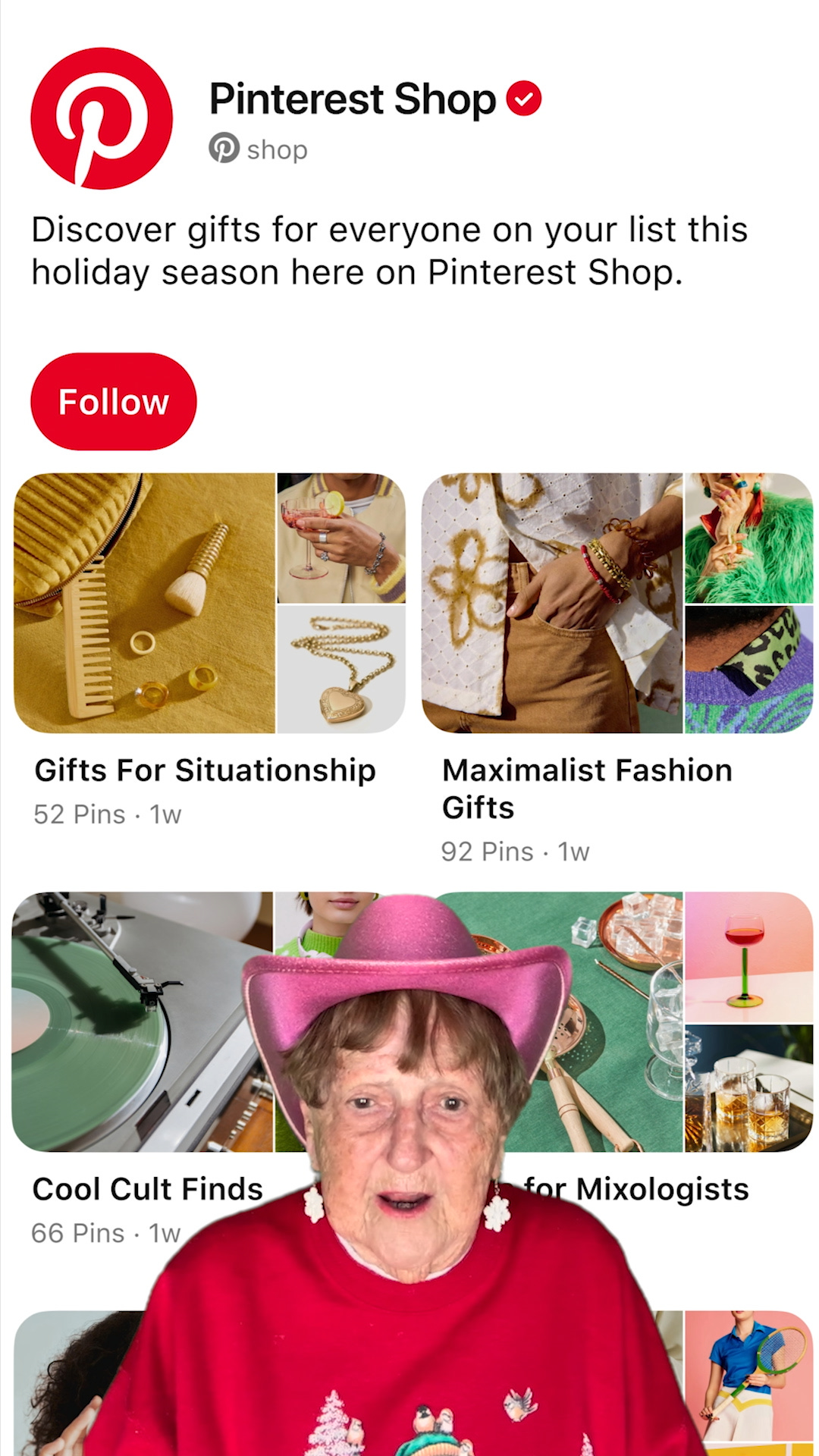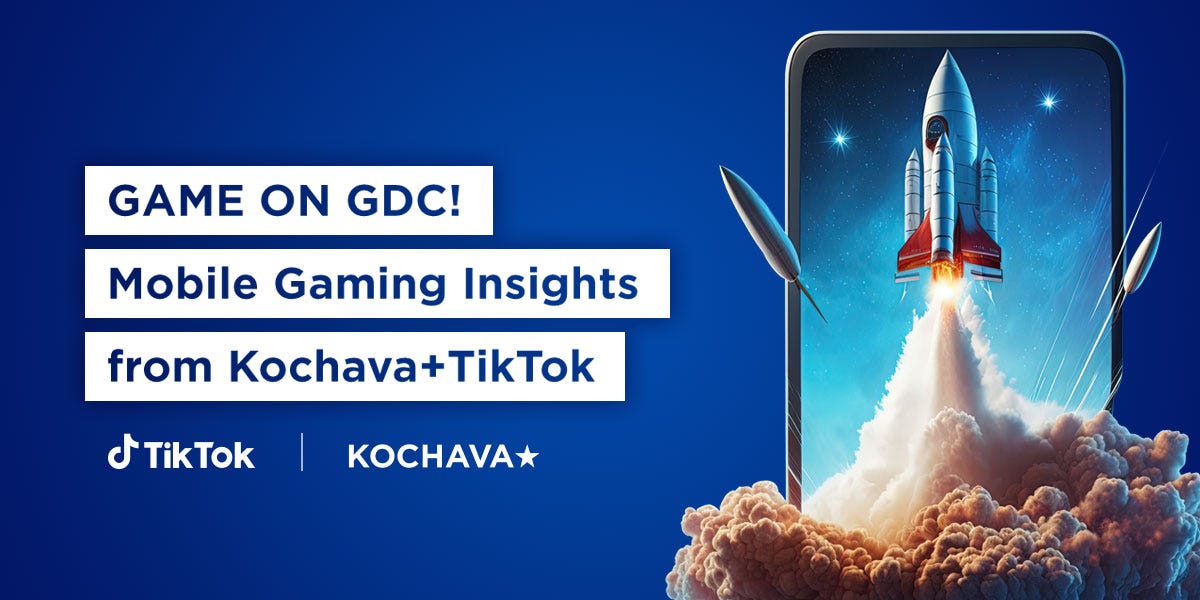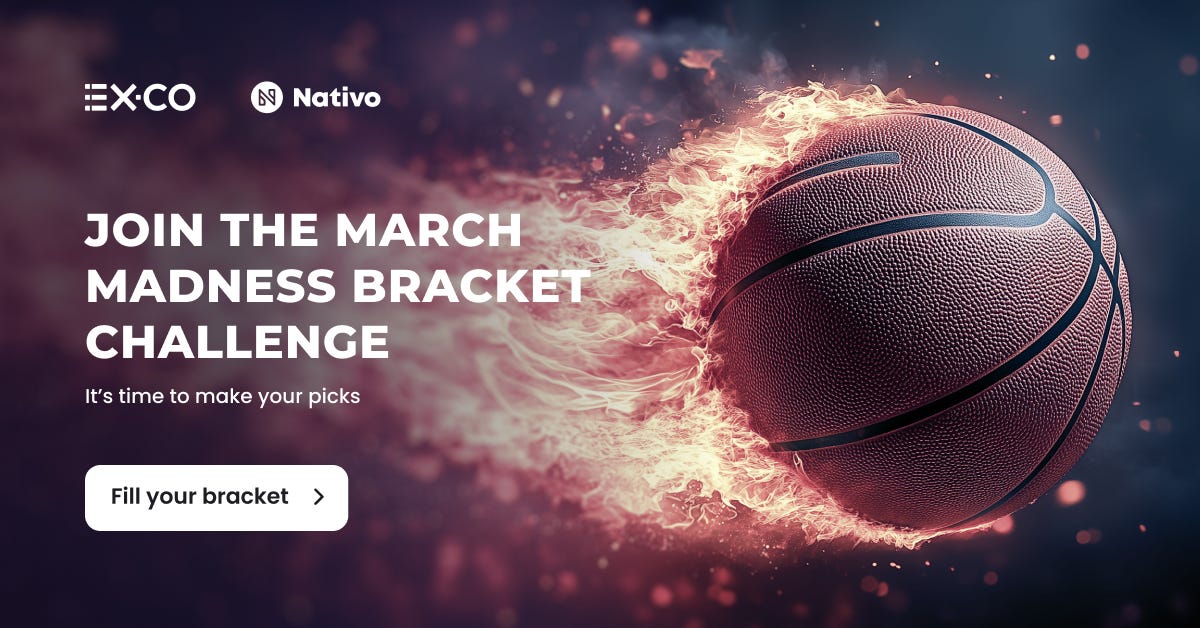The Under-the-Radar Pinterest Creator Space is Getting More Potent
And why some marketers may be better off bailing on digital IDs
Pinterest has finally wrapped its arms around its unique breed of creators.
Like many social platforms (think Snap, Meta), the image-and-shopping-oriented app wasn’t always so sure whether it loved creators playing an outsized role, especially when they are connecting with brands without Pinterest’s involvement.
That’s definitely changed in recent years, as Pinterest now seems not only happy to broker creator deals, but also to send people off to shop for exclusive creator brands. It’s all been part of the app’s identity journey (are we for shopping? Search? The ‘mid funnel.’)
More recently, I hear from buyers that something is clicking here.
“Pinterest is this amazing platform that fuels discovery,” Cristina Lawrence, VP, Marketing Strategy at Razorfish told me a few weeks ago. “It's like a search engine in itself. Brands have had great success partnering with creators on Pinterest because they're almost like this massive affiliate army.”
“They're doubling down in social commerce and really leveraging their community for these types of searchable catalog type activations from top brands. I think that we're going to see more and more of this.”
After a few years of trying to find its role in the media-buying universe, Pinterest seems to be in a groove. Revenue jumped 18% in Q4, and the company topped Wall Street expectations last month when reporting 2024 earnings.
I had Malik Ducard, Chief Content Officer of Pinterest, on my show this week to talk about this shift in approach (and why Pinterest has a content guy anyhow).
“Three years ago, we really wanted people on the platform in more of a social media kind of way,” he said. “We want people to hang out and stay and links off platform just kind of became a little less potent, a little more below the fold. And we really have come around, you know, full circle. Our systems are actually now designed to get you to where you're going. So if you're looking to buy something, we'll send you to that retailer through a link or an affiliate link or to maybe the blog from the creator.”
Back in 2022, Pinterest introduced its Paid Partnerships product, which is designed to help connect brands to creators (right around the time when platforms like YouTube were cutting back on such services).
“That's essentially like a handshake tool that connects the brands with the creators in an elegant way,” Ducard added. “Given that leaned-in posture of our users and how creators are mapping to that and working with that, a lot of creators have their own products or their own shops or their own owned-and-operated or their own affiliate affiliations. So that the traffic that Pinterest provides helps the creators to turn that into maybe commerce for themselves.”
The more that brands spend with creators, the more they’re likely to invest in Pinterest. It of course helps that the platform has 553 million logged-in users globally. Plus the company was fairly early on investing in machine learning. So theoretically, Pinterest is good at showing people what they might want at a given moment - even if they’re not in hard-core shopping-mode.
“That has been a big focus of the company,” Ducard said. “To understand exactly where is the user on that journey? Is the user grazing, surfing, looking for, you know, kind of like broad ideas or are they more in the middle of the journey or are they at the end of the journey?
And a lot of the work that we've done around even like leveraging machine learning to understand how to make the right recommendation for the right user at the right time.”
Which is especially appealing at a time when digital identifiers are under fire. Speaking of which….
—-
GAME ON GDC! Mobile Gaming Insights from Kochava+TikTok
Kochava's heading to GDC in San Francisco! Looking to level-up your privacy-focused growth strategy? Marketers are already using AiM by Kochava for cutting-edge user acquisition tactics. Now Kochava teamed up with TikTok to deliver the ultimate mobile gaming guide, showing you how to leverage AiM's advanced MMM solution. It future-proofs your measurement while optimizing marketing efforts with data-driven insights. Unlock your growth strategy's full potential today⎯get your free guide now!
Digital Identity Mess
The digital ad industry has spent upwards of at least three years trying to replace the cookie.
At the heart of that quest is a strong belief that marketers are going to need a way to target people online with great precision - you know, like they have with cookies all these years.
Yet there are reasons to at least ask the question - is this all a big waste of time?
That was a question I had coming out of yesterday’s Marketecture Live, the first ever event hosted by the upstart publication/podcasting firm. Co-founder and CEOAri Paparo started the day talking about the growing divide it the programmatic ad world as ‘signal’ (meaning, way to know exactly who someone is online) between factions who think:
There will be multiple IDs
A single ID (or cookie replacement)
Or something Google comes up with that is far less exacting
Soon after Ari’s kickoff keynote, Dr. Jon Roberts, CIO, Dotdash, came on stage and basically dumped all over cookies, and came close to mocking the industry for trying to replace them.
“Cookies are the heart of the problem,” he said of the many ills of digital advertising. “They made the web artificially small. The entire supply chain is focused on match rates, and this idea that if you can’t identify people, they don’t exist.”
EX.CO and Nativo’s Bracket Challenge is on!
Think your picks can go all the way? Register now and compete with fellow media pros for big prizes.
——
Roberts claimed that DotDash has built a product which has broad visibility across the programmatic buying and selling ecosystem And what he sees unfolding in the bid stream is laughable - and dangerous.
“All these [ad tech companies] bid on 10 percent of users,” he said. Because, per Roberts, that’s really all of the web they can actually target using cookies or other ID. This “insane concentration” of demand costs buyers 500% more than its should when buying ads, he argued
“That’s twice our direct sales rate card..for a banner on the open web.”
Like many, Roberts, predicts that Google (regardless of its trial) is going to let users opt out of cookie targeting in Chrome, which will only exacerbate the problem, as he sees it. “We see money leave the open web, and publications go out of business,” he said. “Your market is going away.”
Roberts contends that content and context are actually much better predictors of web users’ buying behavior, and naturally the company has a new product in the market aimed at scaling this across the web. Given Dotdash’s strong recent revenue report in what is supposed to be a nightmarish market for web publishers, well it didn’t sound crazy.
It did make me think. As AI becomes a bigger part of media buying, will the machines get smarter about showing people ads they are more likely to respond to - not based on what they’ve done in the past but are likely to do next? Or will these data-hungry AI tools always need loads of consumer ID data to function?
Regardless, it’s easy to forget how much of the advertising landscape doesn’t use or need much digital identity data. Later yesterday morning, Kyle Shank, Head of Media Technology, Analytics, and Operations, Hershey, provided gave a provocative reality check about brands and their comfort level with cookie replacements and the like. “We’re dumb as shit,” he said. “There are like three people who work [at most brands] who understand what identity means.”
In Hershey’s case, the company doesn’t sell directly, and generally wants to reach the masses. So it relies on in-store tracking and regional sales data.
Per Shank, it’s not always cost effective to bother with renting data, or trying to decipher which candy lover they can retarget while “having to hop between 100-plus identity graphs.”
“I don’t know anything about who buys my product at all,” he said. “I am first party data deficient. And audience data puts me underwater.”
Given that dynamic, maybe DotDash can help him. Or, you might ask, how many brands are going to say, forget this ID thing altogether. And hopefully not forget the open web.







